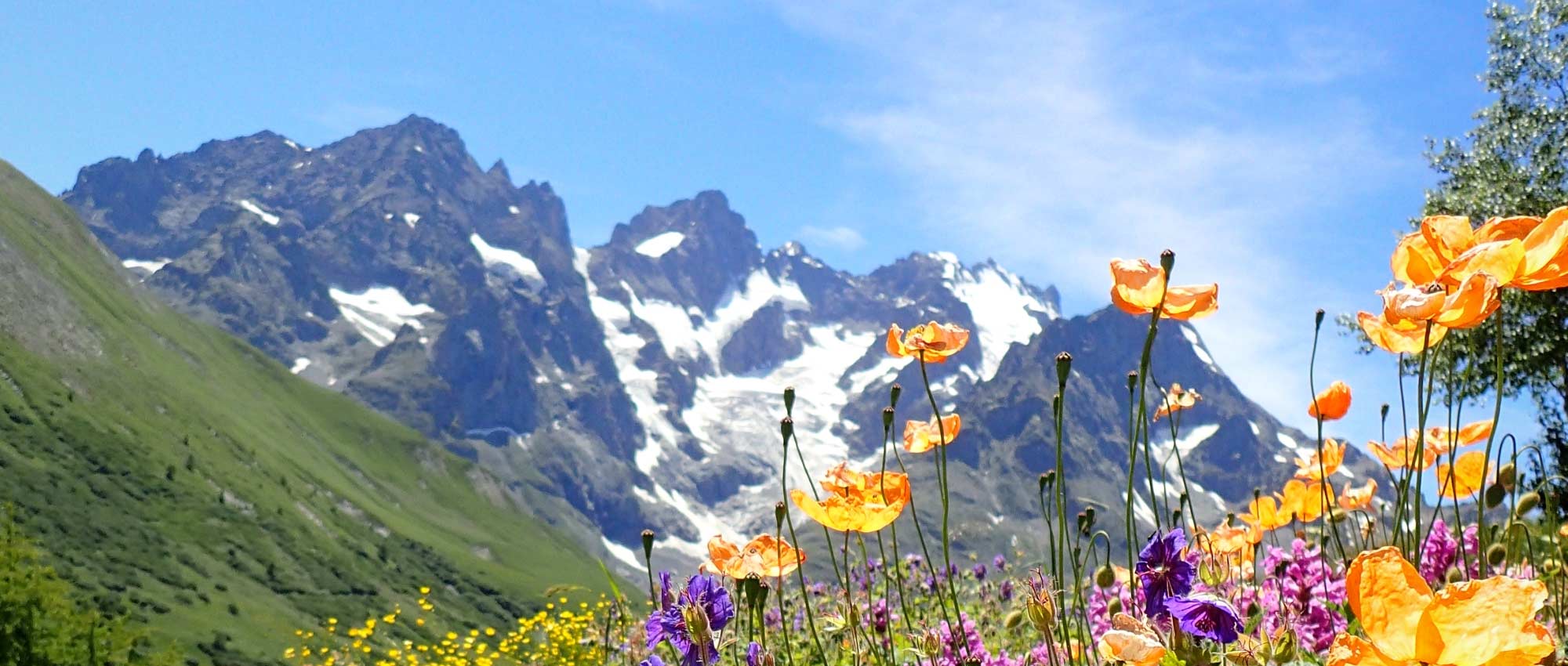
Alpine perennial plants
discover them, grow them in the garden
Contents
Alpine perennial plants are small mountain plants, which generally prefer well‑draining, rocky, sunny soils. These include, for example, saxifrages, houseleeks, edelweiss, stemless gentian…
They easily find their place in mineral‑dominated gardens, and can be used to create superb rockeries. These charming little plants have a very natural, wild appearance. They are emblematic of alpine landscapes and, in the garden, will evoke a mountain walk in the heart of nature. Some are particularly prized for their very delicate appearance and small size. Discover characteristics of alpine perennial plants and all our tips to grow them in the garden!
What is an alpine perennial plant?
The alpine perennials are plants that live for several years and originate from mountainous regions. They do not necessarily come from the Alps, but occur in the alpine zone of mountains. In temperate regions, this vegetation zone lies between 2,300 and 3,000 metres in altitude. At that height, temperatures are cooler, with snow in winter, and light levels higher than on lowland. The substrate is often very free-draining, stony, sometimes unstable (with scree, etc.). Ground is rocky, poor in organic matter and mineral nutrients… Likewise, winds can be quite strong.
There is great plant diversity, with many endemic plants that grow nowhere else. Many of them have a morphology adapted to their medium: they are often fairly low, compact, sometimes with a cushion habit or creeping stems. They are also hardy plants, able to withstand cold and snow in winter, as well as drought. Some grow on cliffs or scree slopes, with very little substrate.
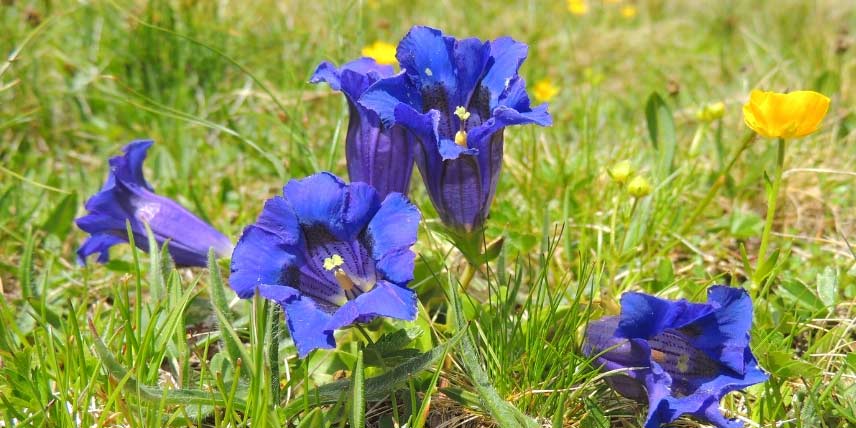
Gentiana acaulis (photo xulescu_g)
Where to plant alpine perennials in the garden?
These plants thrive in well-drained, stony, fairly poor soils. Soil therefore does not need to be rich in organic matter or humus. Some alpine perennials adapt well to disturbed or unstable ground. In general, they also enjoy full sun: indeed, in the alpine zone of mountains there is little shade and light levels are high.
The ideal way to grow alpine perennials is to create a rockery. Use a sloping site with a south-facing aspect, or create a raised mound. If your ground tends to retain water, add draining materials (coarse sand, gravel…), which will prevent moisture from stagnating at the surface. We also recommend adding some large stones and planting your perennials between them. Finally, some alpine plants can grow on stone walls, in crevices, and the smaller ones will adapt to container growing, provided they are grown in a well-draining substrate (for example a mix of potting compost and coarse sand).
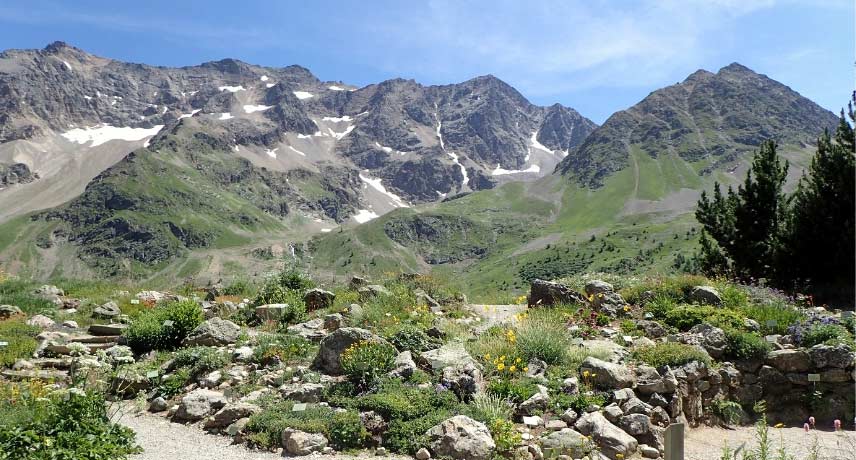
A rockery at Lautaret Alpine Botanical Garden
There are, however, exceptions: stemless gentian, for example, prefers moist, humus-bearing substrates. We therefore recommend checking the requirements of each plant you grow before planting them in your garden.
Discover our video tips to plant your alpine perennials in a rockery:
Discover other Alpine perennials
View all →Available in 4 sizes
Available in 0 sizes
Available in 2 sizes
Available in 2 sizes
Available in 0 sizes
Available in 1 sizes
Available in 2 sizes
Available in 1 sizes
Available in 0 sizes
Available in 1 sizes
How to care for them?
Alpine plants require very little maintenance. Be particularly vigilant about weeding: as some of them are small, they can be at risk if overrun by weeds. In general, alpine perennial plants cope well with drought, and dislike stagnant moisture, but you can give a few waterings in the weeks following planting and during prolonged dry spells. Finally, these plants have low nutrient requirements: they do not need fertiliser.
Some examples of alpine perennial plants
There are many alpine perennial plants valued for their ornamental character. Edelweiss, for example, is an iconic mountain plant that produces delicate star-shaped inflorescences, covered with a white felt and with small woolly whitish leaves as well. Discover also the stemless silene, a mat-forming perennial that forms attractive cushions of fine, evergreen leaves, bearing delicate pink flowers in summer. Eryngium alpinum, also called alpine sea holly, is distinguished by its lovely silvery-blue colour and large, deeply cut spiny bracts surrounding the inflorescences. As for stemless gentian, this is a small mat-forming plant that offers tubular flowers in spring of a truly deep, intense blue. In an alpine perennial rock garden, you can also grow saxifrages, houseleeks, pasque flowers, Lewisia, Aster alpinus, Carlina acaulis, Androsace, pinks, Minuartia, Sagina subulata…
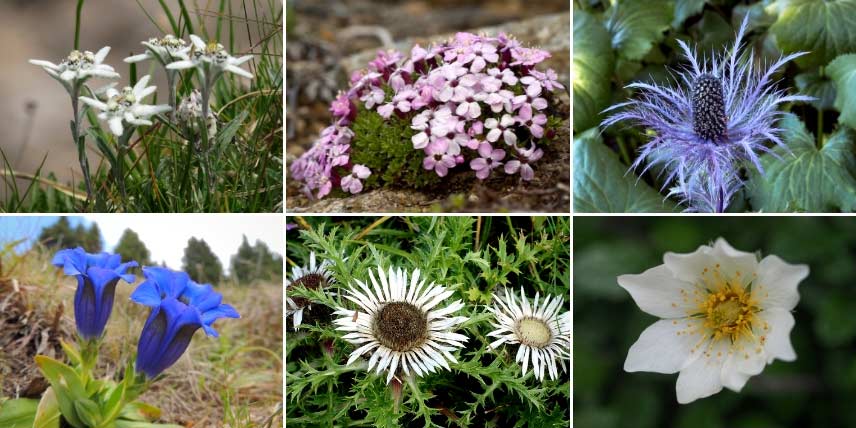
Some examples of alpine perennial plants: Edelweiss (photo Donarreiskoffer), Silene acaulis (photo Jörg Hempel), Eryngium alpinum (photo Heinz Staudacher), Gentiana acaulis (photo xulescu_g), Carlina acaulis, and Dryas octopetala
- Subscribe!
- Contents
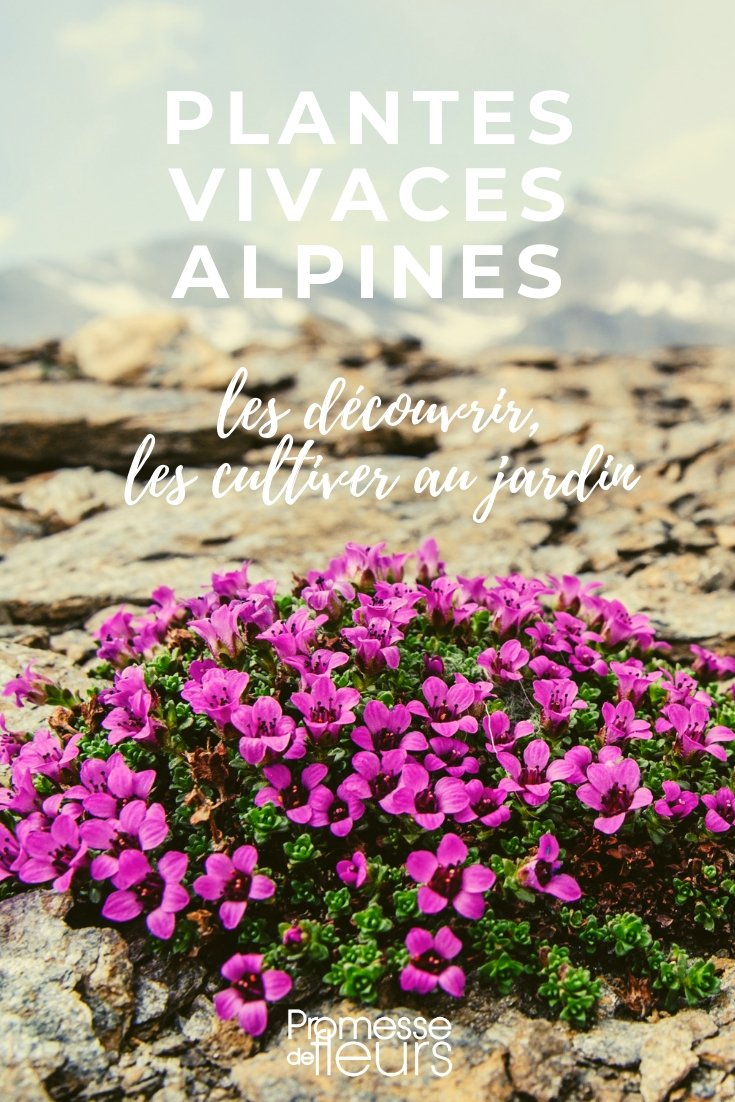































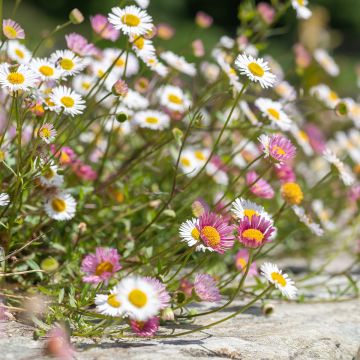
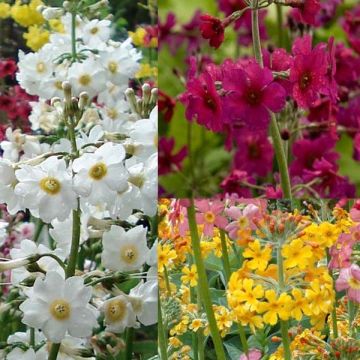
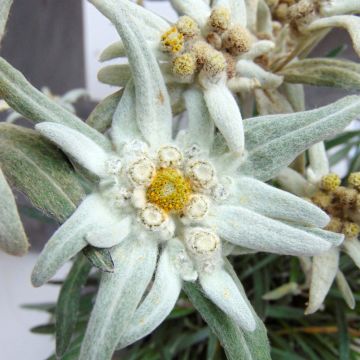
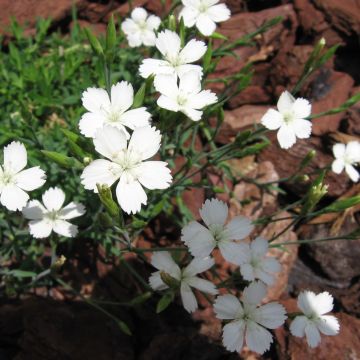
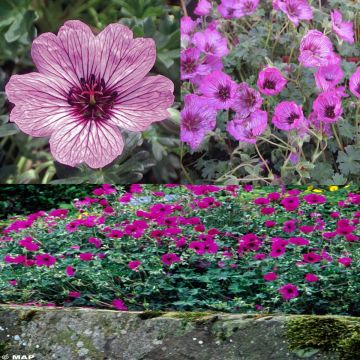
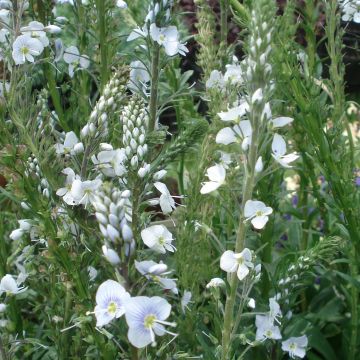
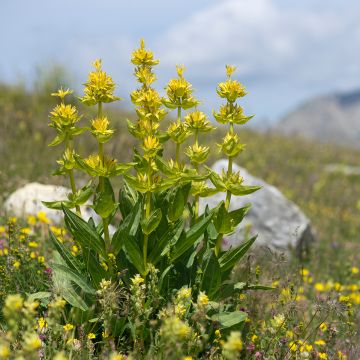
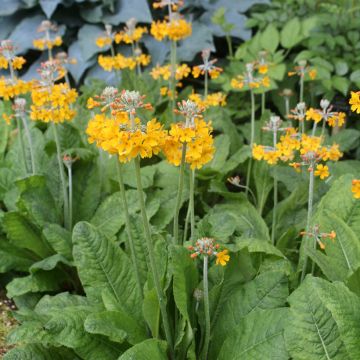
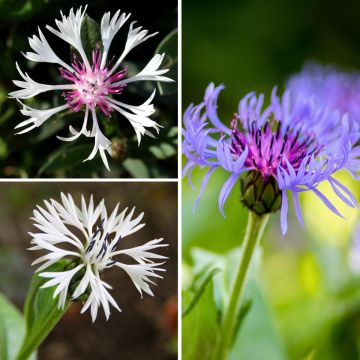
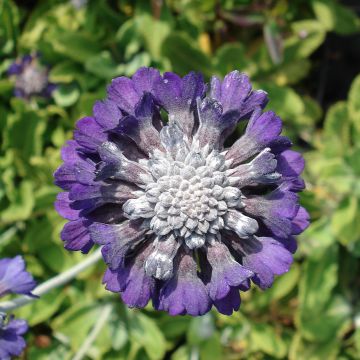
Comments